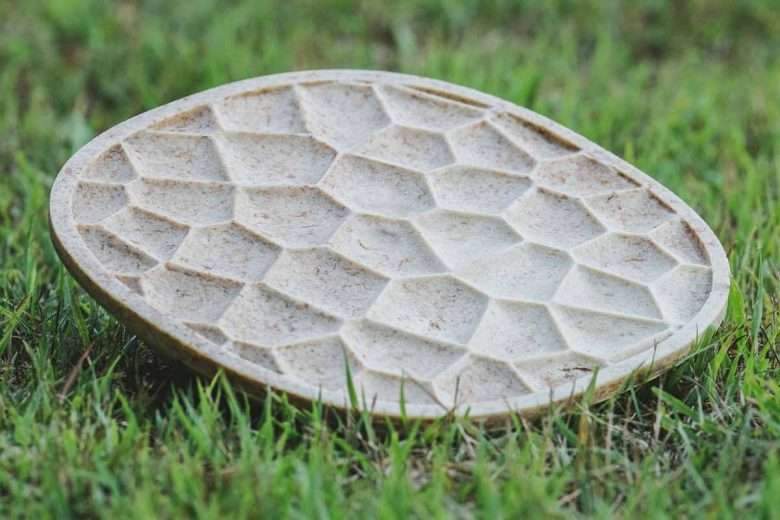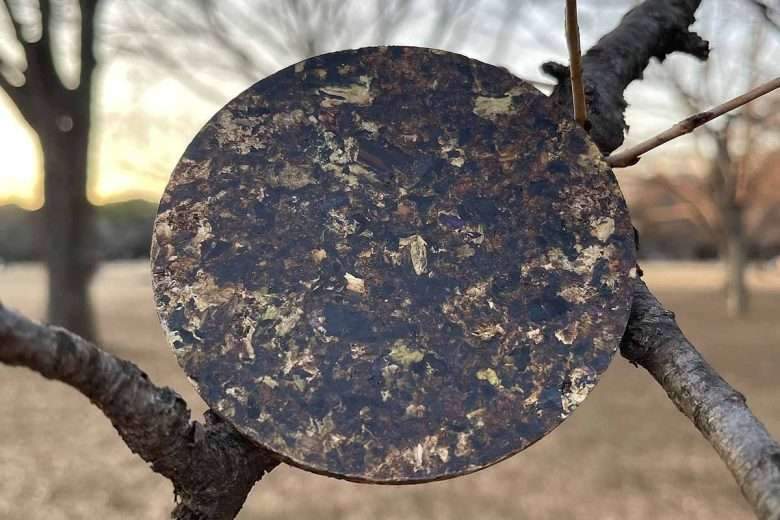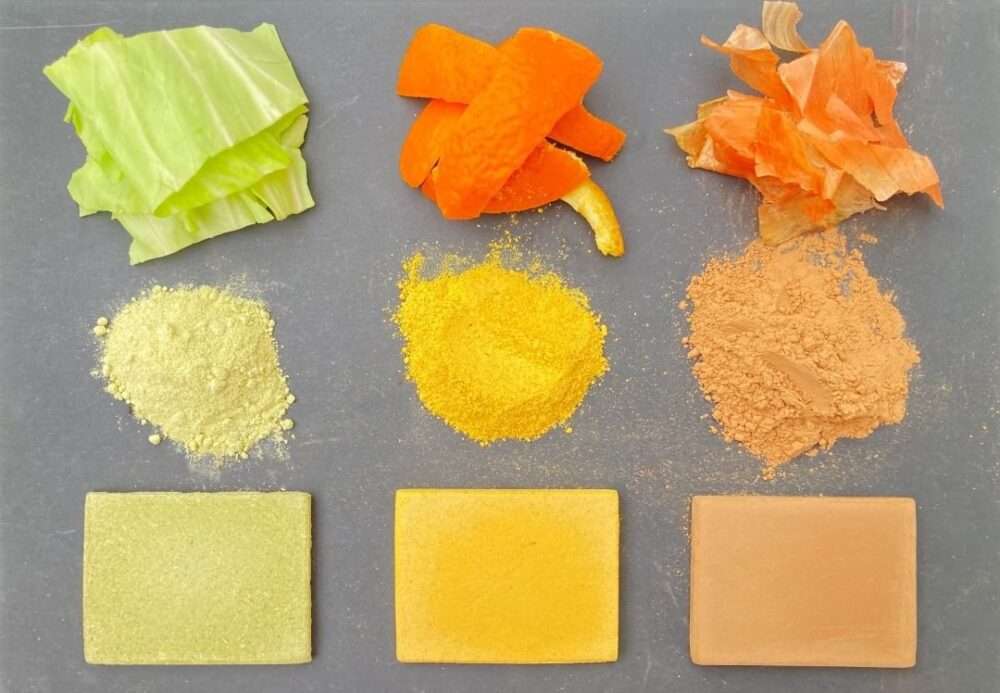Creating a material that uses food waste in civil construction,
Did you know that when you add cabbage leaves, orange peel, onion,
banana and a few slices of pumpkin, you get… cement?
That’s right, two researchers from the University of Tokyo in Japan have developed a technology by
which cement can be produced from food waste.
Besides being used in construction, the innovative initiative is also edible.
You can turn boiled cement into a delicious meal by adjusting the flavors, adding seasonings, and breaking it into pieces.
The professor in charge of the study, Yuya Sakai, an engineer specializing in concrete and recycling, developed
In a previous research, a technique of mixing recycled concrete powder and wood waste, to generate a more resistant material through hot pressing.
It was during these experiments that the idea arose to similarly test other waste, including – why not – vegetables and fruits.

The entire manufacturing process was documented and presented at the Society for Materials Science’s 70th annual meeting in May 2021
with the article “Development of New Building Materials from Food Waste.”
Where the text documents the production of this substance,
and divides it into three stages: after crushing the raw materials (orange peel, onions, squash, and bananas,
Chinese cabbage, seaweed), small pieces are placed in an oven at 105 ° C or a vacuum drying machine.
Then the dry materials are crushed using an ordinary blender.
Next, the powder was mixed with water and spices and finally hot-pressed at 180°C.
The tests were carried out keeping in mind the strength of the materials as well as the taste.

In this sense, the results indicated that, with the exception of the pumpkin-derived sample,
all other samples reached the target of bending resistance,
Especially Chinese cabbage, which is three times more resistant than ordinary cement.
The most challenging part of the process
According to authors Sakai and Machida, the most challenging part of the process
was the fact that each food requires different temperatures and pressure levels.
Which makes it possible to imagine the number of tests that must be carried out before a homogeneous and satisfactory result is reached.
However, it was this fine tuning of the two conditions that made the experiment
a success as food waste had already been tested for cement production in other studies.
It always takes plastic to be added to the mixture for the material to build up, but in this case,

With the optimal adjustment of temperature and pressure, this was not necessary.
Besides resistance, other factors are highlighted in this bold substance, such as flavors and aromas.
Tests indicated that despite the whole process, the food still retained its original aroma.
According to Sakai, the product is non-toxic and safe for consumption but “very crunchy,” he said.

Also worth noting is the color of the material as the original color of the food is also preserved,
resulting in a wide range of combinations and possibilities.
Durability tests also indicated that after four months of exposure in the room, there were no reports of insect, worm or fungal attacks.
Moreover, its appearance has remained the same, however, to ensure greater durability
– although its edible potential is lost – this cement can be waterproofed with a chemical or varnished.

Professor Sakai is betting on this technology not only to reduce global food waste
– which, according to the United Nations, amounts to 900 million tons annually –
but also to create temporary housing for refugees or in cases of natural disasters.
For more architectural news


 العربية
العربية